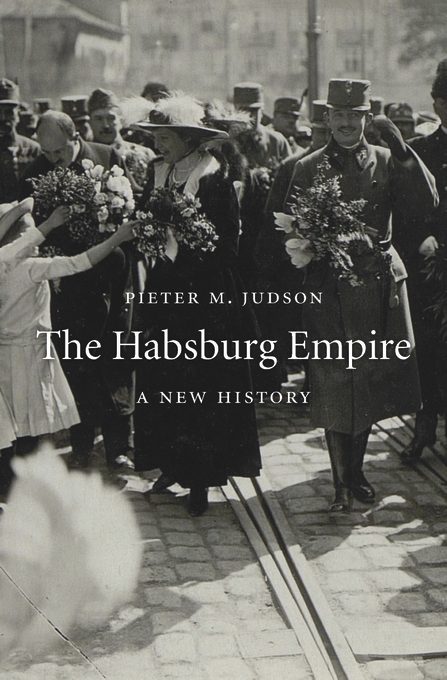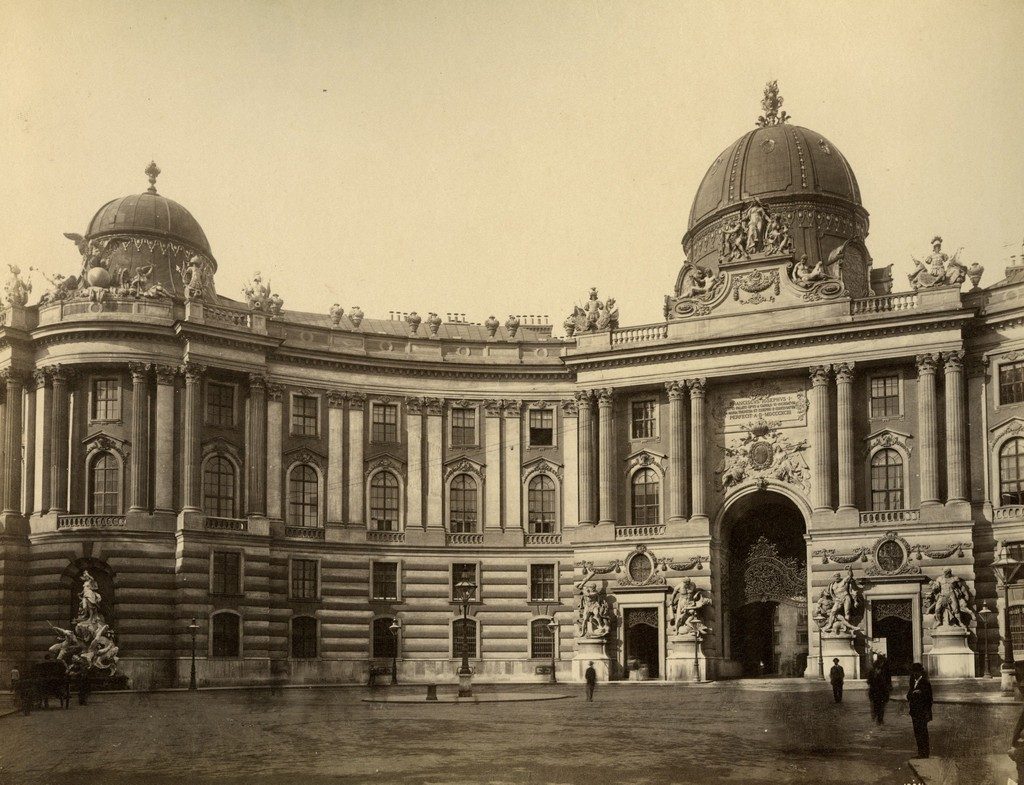
This excellent work by historian Pieter Judson shows how the Hapsburg empire was a modernizing force that sustained a complex but often mutually beneficial relationship with the various nationalist movements within its borders. To support this argument, Judson synthesizes an impressive number of existing works on narrower topics into a cohesive narrative history of the empire from the late eighteenth century until its demise at the end of World War I. Judson claims that the empire was hardly doomed prior to 1914, arguing against long-standing nationalist histories of the empire’s inevitable collapse. While The Habsburg Empire is not without its flaws, it will surely remain required reading for anyone interested not only in the empire itself, but more broadly in the history of state-building, modernization, and nationalism in the nineteenth century.
The Habsburg Empire is not intended to be a blow-by-blow account. Instead, it tries to build an updated framework for thinking about the empire over its final century. Judson achieves this by borrowing from works on peasant life and the lives of oil workers in Galicia, on Slavic nationalist movements in what would later become Yugoslavia, and on industrialization and its consequences in Bohemia, Moravia, Lower and Upper Austria, and Silesia. He also draws on the complex political history of Vienna and Budapest, as the nature of the Habsburg state was debated, negotiated, and repeatedly hammered out over the course of an entire century. Consequently, Judson covers a lot of ground while touching on a limited number of key issues.
The discussion of industrialization is a good example. Despite the leadership’s conservative commitment to monarchy and its rejection of the French Revolution in the decades between the Napoleonic Wars and the 1848 revolutions, the empire underwent dramatic economic and social change. The imperial government was deeply suspicious of any potentially revolutionary or democratic activity, and yet it was also strapped for cash and resources. New technologies and techniques, including the building of railroads and capitalist institutions, encouraged not only economic growth, but also a kind of civil society as private middle-class and noble actors sought to address problems the government could not or would not face. As Judson argues, this period was not one of economic stagnation that laid the groundwork for so-called “East European backwardness,” but rather one in which subjects and citizens took an active role in social and economic change. In other words, this period of political conservatism saw grassroots development of democratic institutions and market forces. This point meshes with Judson’s broader argument that Habsburg imperial citizens took an active role in government and society, and that the empire held intrinsic value as a vehicle, rather than an obstacle, for public improvement.

The Hofburg, 1897 (via DPLA)
How then does Judson explain the final collapse of the empire, if it really was not doomed long before the First World War? In his final chapter, Judson argues that the imperial state lost a great deal of its legitimacy in the eyes of its citizens during the war. Prior to the war there had been a sense in many quarters that the empire essentially served its citizens, and that even nationalists and Marxists could promote their agendas through its institutions. However, shortly after the war began, martial law was declared and many democratic governmental organs were suspended along with citizens’ rights by conservative, anti-democratic forces in the military. Combined with shortages of food and other essentials as well as catastrophic tactical failures on the battlefield (which virtually wiped out the empire’s entire corps of professional soldiers within the first months), these actions severely undermined faith in the empire’s ability to provide for its people. Even though democratic rule of law was restored half-way through the war, the damage had already been done. Nationalist organizations were then able to capitalize on the situation by organizing welfare relief, vastly improving their own legitimacy in citizens’ eyes and in contrast to an apparently failing state. Judson goes further and claims that the “doomed long ago” narrative was promoted by nationalists and arch-conservative imperialists alike, one in order to legitimize the post-war order of nation-states, and the other to put the blame for the empire’s sudden collapse on someone else. With this book, Judson offers a corrective.
In The Habsburg Empire: A New History, Pieter Judson has set a standard for general histories of the empire and produced a framework with which future specialist monographs can productively engage. This eminently readable book will be appreciated by students and scholars of European history as well as the general reading public.
![]()
More By Jonathan Parker:
The Refugees of ’68: The U.S. Response to Czechoslovak Refugees during Prague Spring
Historical Perspectives on Agnieszka Holland’s In Darkness (2011)
![]()
You Might Also Like:
The End of the Lost Generation of World War I: Last Person Standing
US Survey Course: The World Wars
The Snows of Yesteryear by Gregor Von Rezzori (2008)
![]()



